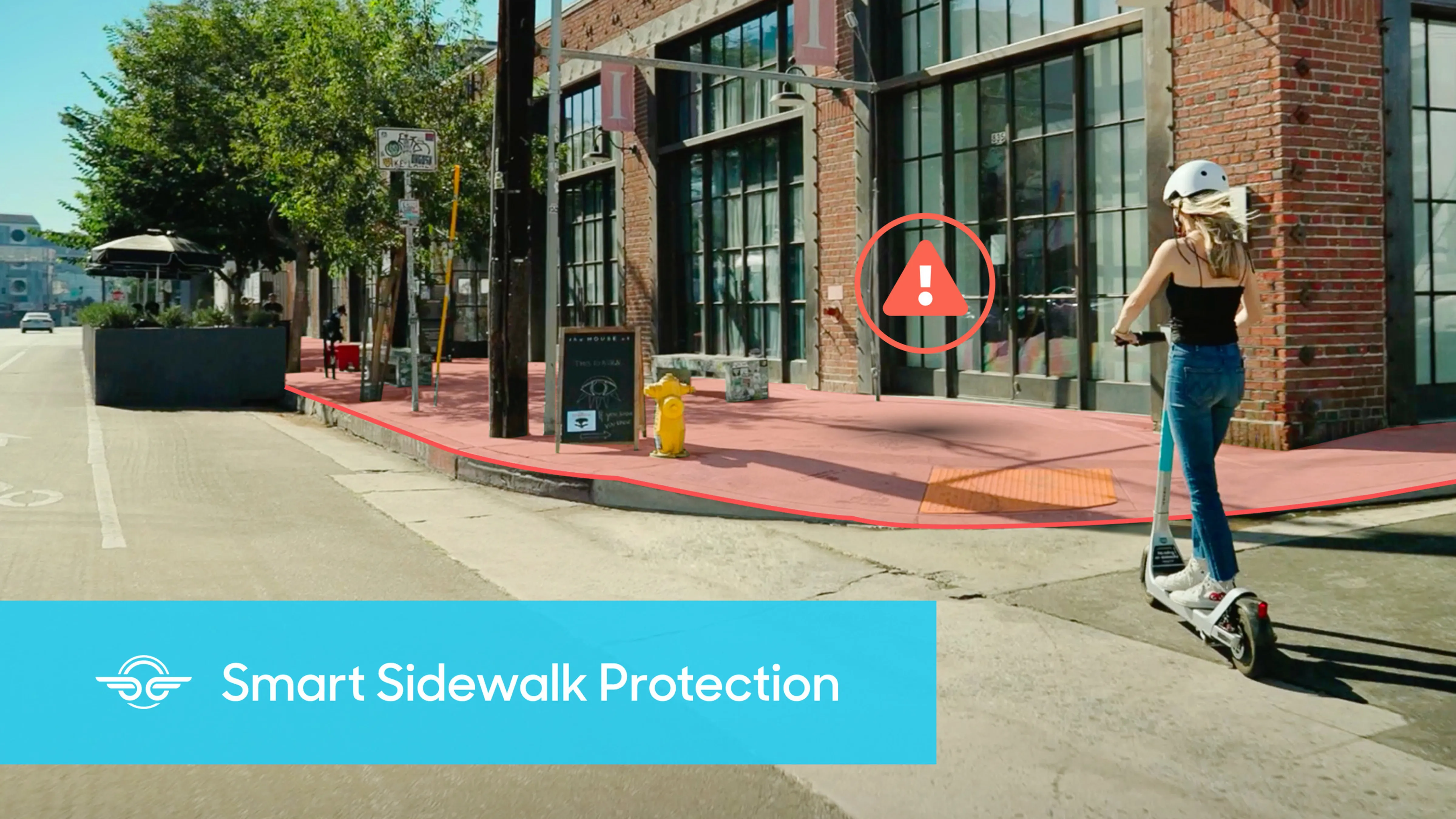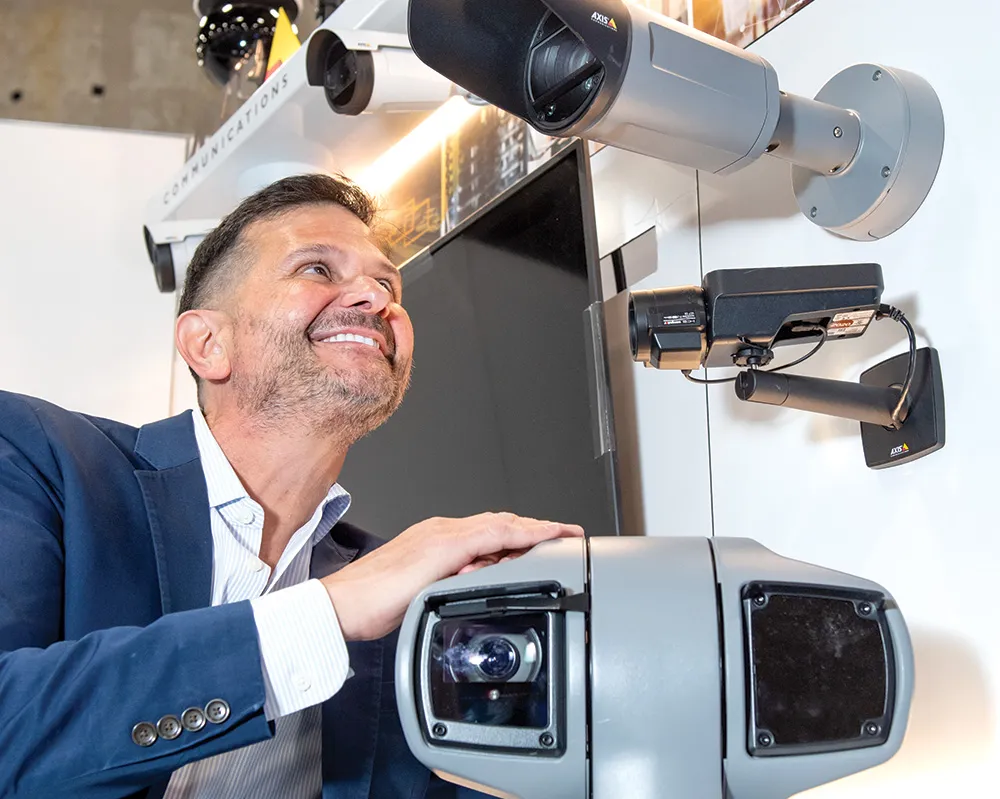
ISS says the combination of the RTMS radar with the robust Bluetooth sensor is the ideal solution for incident detection and providing traffic managers with highly accurate travel time and origin/destination information.
This integrated Bluetooth sensor detects the Bluetooth signals from vehicles and handheld mobile devices.
According to the company, the Sx-300 is renowned for longterm worry-free reliability; is backed by a five-year warranty; provides robust lane-by-lane detection capabilities as well as the accuracy needed to help reduce congestion.
“We are thrilled to introduce the RTMS Sx-300 BT to our vehicle detection portfolio,” said Dan Skites, global general manager for Highway Sensors.
“The incorporation of spatial probe data into a radar detector is unprecedented. Our highaccuracy radar traffic data, combined with probe data from the Bluetooth sensor, provides a comprehensive view of traffic with richer data than other traffic detectors. This latest addition to our offering of sensors continues to provide traffic management experts increasing data fidelity to help them make precise decisions to manage their traffic,” adds Skites.
ISS, which has signed an agreement with
“The marriage of these two technologies is a dynamic combination,” says Skites.
“Traffic management professionals can now rely on the most accurate real-time data and analytics by turning their data into actionable, usable information.”










